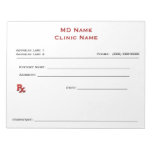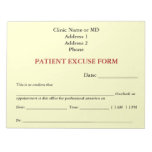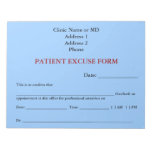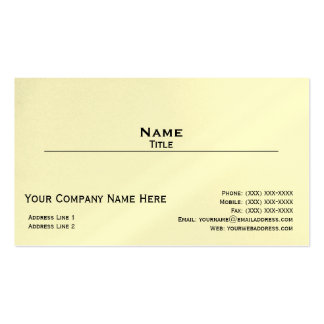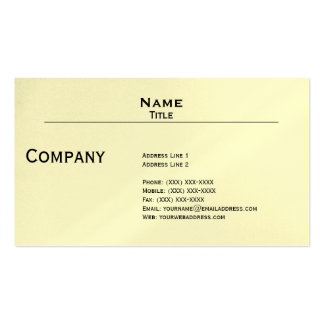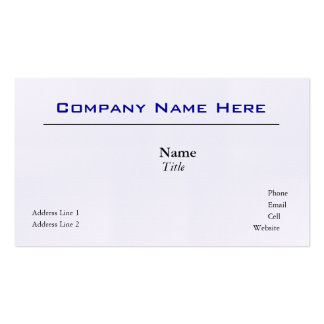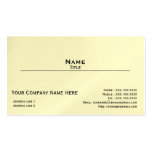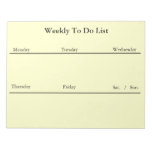You’ve undoubtedly heard that you should be investing significant time in social media. That you need to have a Twitter account to be a digitally viable business. That you may as well shut down your company if you don’t have 15,000 “likes” on Facebook.
Social media is important, yes, but its importance can vary greatly depending on your industry. And let’s be honest: Some industries simply aren’t destined for social media success.
This is not “Field of Dreams.” There’s no such thing as “if you build it, they will come.” It’s possible to devote significant time and resources to social media and not develop much of a following.
Here’s the truth: In that case, it’s better to shift your focus elsewhere, away from social media to something that will work. And that something is email.
Why Email?
Somehow email marketing has developed a bad rep ever since the social media revolution began. Many see it as outdated and ineffective, simply because it’s not new and sexy. That perception is flat-out wrong.
Here are the facts on email:
- It’s growing: By 2018, there will be 2.8 billion email users, up from 2.5 billion this year.
- It’s relevant: People send an average of 121 emails each day.
- It’s business-oriented: Businesses send 108 billion emails annually.
People engage with email all day long, even during their work hours. That’s not the case for social media, which is restricted mostly to personal time.
And email marketing is extremely effective. According to one study, it accounts for 16 percent of customers acquired, which is way higher than social media. And those customers who are acquired via social media? They’re actually worth less to businesses, probably because they are responding to a one-time ad and don’t become a long-term client. On the other hand, in cases where emails lead to purchases, the order value is 17% higher on average.
The Advantages of Targeting
Here’s the thing about social media: It’s a lot like throwing darts. You toss something into cyberspace and hope it will hit a bullseye. But you are not actually aiming for a particular demographic with most social media posts. Anyone can find you on Twitter or Facebook. And just because they like or follow you doesn’t mean they’re truly interested in your product. They may have followed you just to enter a contest, get a free coupon, or access other like-gated content.
Email marketing is very different. Someone receiving your emails had to opt in, which means they are truly interested in what you are peddling. It also means you are reaching a more targeted audience, one willing to share some personal information to get on the mailing list. On social media, it’s all too easy to follow someone without revealing anything of value about yourself or what you’re seeking.
According to Johannes Selbach of
Axandra, proper targeting is one of the most important considerations to make when you are testing out advertising in email newsletters. “We have tried many different email newsletters and you can waste a lot of money if you advertise in a newsletter with the wrong subscribers.”
Better targeting means, of course, a better chance the person will buy your product. One random “like” on Facebook probably won’t lead to a sale. But an article in a newsletter that’s of interest to a subscriber can. For instance, take
CJ Pony Parts, which sells Mustang parts. It has had a great deal of success advertising in niche interest newsletters for Mustang enthusiasts.
Email Remains Dominant
Undoubtedly you know a few people who have resisted the social media revolution. They pride themselves on staying off Twitter and Facebook and not even knowing what a hashtag is. But those people still have email, don’t they. Email remains the most dominant form of digital communication.
Ninety-one percent of consumers use email daily.
By contrast, only 74 percent of online adults use social networking sites. By focusing on social media at the exclusion of email, you could be missing out on millions of potential customers.
The simple fact is, people are more likely to buy something they see via email than something they see on social media. You can build trust with your customers via email because they have opted in to your list. This sounds simple, yet it’s sort of like inviting someone into your house. You only do it when you’re convinced that it’s safe. People don’t hand out their addresses to what they consider shady companies. If you’ve gotten an email address, you are likely already 25 percent to a sale.
Of course, using a targeting service such as
NetMediaReps can also help you advertise on reputable, effective email lists to help get the message out to new customers. It’s important to experiment with different ways of delivering your message via email in order to reach the optimal mix of potential clients.
I spoke to several of NetMediaReps’ advertisers. Selbach, mentioned above, was beyond happy with his return on investment. And Jennifer Horowitz of
EcomBuffet explained, “A good chunk of our business is due to the email marketing we have done through them. We’ve been able to increase our opt-in rate up over 60% and generate tons of leads and close many sales.” In both Horowitz’s and Selbach’s cases, NetMediaReps’ newsletters targeting business owners were perfect for their companies.
Email Will Always Be Important
Social media can be an important component of building awareness of your business. But to push purchases, social media can only help so much. Different social networks rise and fall in popularity quickly, and there’s always the danger that you will put too much effort into a site that, in a matter of months, will become the next MySpace.
But email, on the other hand, faces no such uncertainty. Email has been around for decades, and even as the internet matures, it shows no signs of becoming less important. It’s arguably more important these days, because it has become such a central part of how we communicate.
Spending time and energy on email marketing is essential to the health of your business. Don’t waste your time trying to grow a social media account that’s only attracting minimal interest when
you could be reaching potential clients via email.
15% Off All Orders!
All cards ship tomorrow + Free Shipping!

